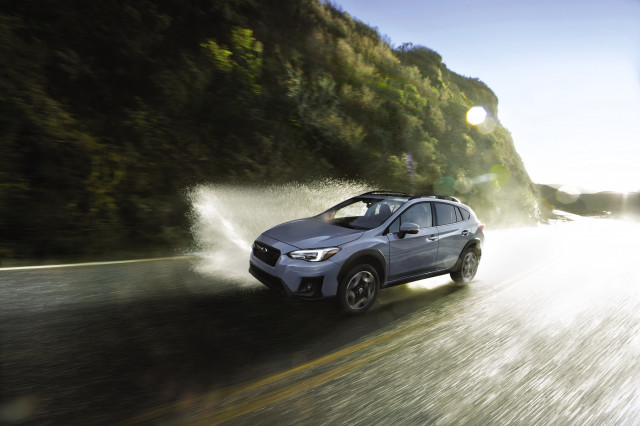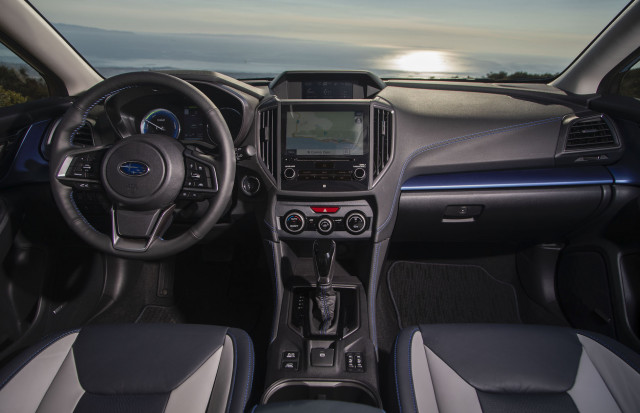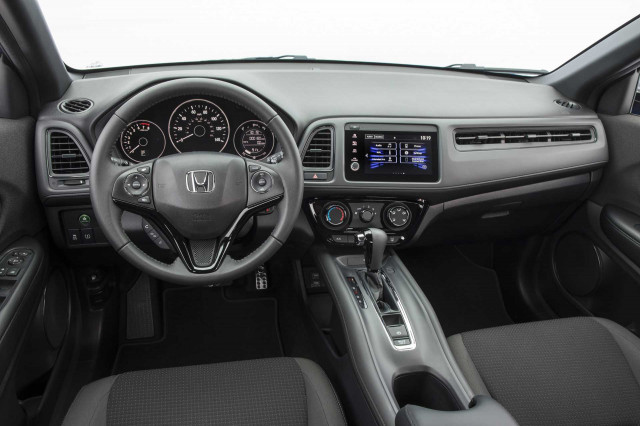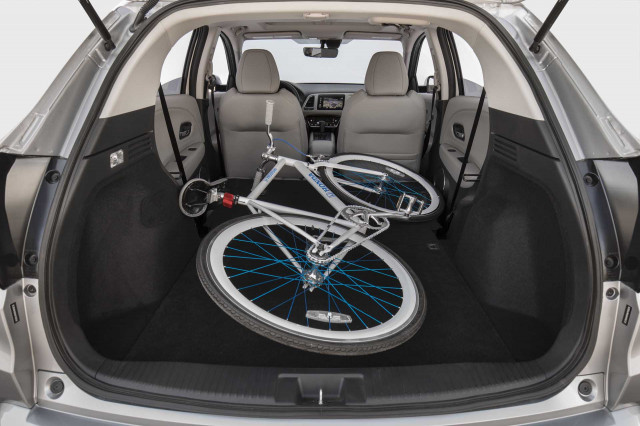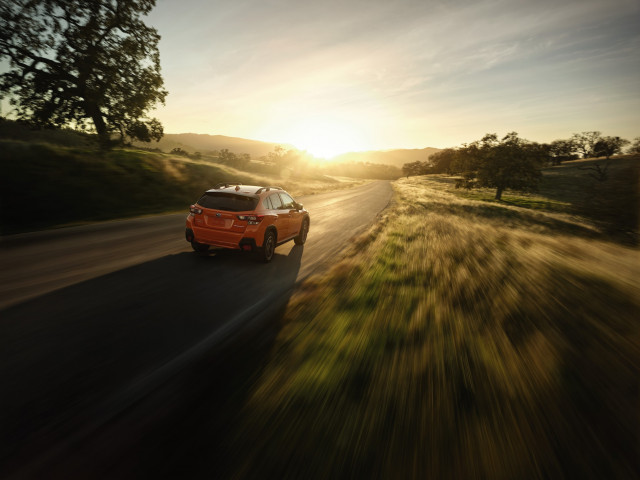Small crossovers with versatile interiors and all-wheel drive come in handy for many shoppers. For many daily needs, they make sense—and they even save dollars and cents compared to bigger rivals.
Little ‘utes like the 2020 Honda HR-V and 2020 Subaru Crosstrek have low prices but big value. Both flex on versatile interiors and a tall ride height, which are perfect for making it to the trailhead and back down—with some change to spare in the cupholders.
The TCC Ratings for both reflect their relative values. We give the Honda HR-V a 5.2 TCC Rating and the Subaru Crosstrek a 5.8. It’s a win for the Crosstrek, largely due to its safety scores and off-road ability, but there’s more to the story than just the numbers.
There’s always more to the story, right?
MORE: Read our 2020 Honda HR-V and 2020 Subaru Crosstrek full reviews
The 2020 Honda HR-V LX costs about $21,000 to start, while the 2020 Subaru Crosstrek commands at least $23,000. If money were the only concern, shoppers could likely stop there but it’s not quite apples-to-apples.
For that much, the base 2020 HR-V LX is front-wheel drive only, and it lacks standard active safety features that are found on the all-wheel-drive Crosstrek and pricier HR-Vs. The HR-V LX skips a touchscreen too for an outdated 5.0-inch display. We’d shop up for the 2020 HR-V EX with all-wheel drive at $26,590.
2020 Subaru Crosstrek
2020 Subaru Crosstrek
2020 Honda HR-V
2020 Honda HR-V
The base Crosstrek isn’t what we’d recommend either, even with standard all-wheel drive. It costs $23,145 to start and comes with a 6.5-inch touchscreen with Apple CarPlay and Android Auto compatibility, but gets a 6-speed manual transmission that skips some advanced safety features that we’d prefer, such as automatic emergency braking.
Instead, we’d suggest the 2020 Crosstrek Premium with a continuously variable automatic transmission (CVT) for $25,555.
2020 Honda HR-V
The 2020 HR-V EX gets a 7.0-inch touchscreen with smartphone software, keyless ignition, heated front seats, automatic emergency braking, and a sunroof. The HR-V’s ace is its flexible interior that flips the rear seats up to max-out storage space. Despite the HR-V’s small shadow, it holds up to 58.8 cubic feet of cargo compared to the 50 cubic feet in the Crosstrek.
The 2020 Crosstrek Premium gets a 6.5-inch touchscreen with smartphone software, heated front seats, automatic emergency braking (when the CVT is equipped), upgraded cloth upholstery, and 17-inch wheels. A sunroof is optional and adds blind-spot monitors and keyless ignition for $1,695 extra.
2020 Subaru Crosstrek
The Crosstrek pulls ahead when the pavement ends. Its 152-horsepower 2.0-liter flat-4 is hardly fast, but it’ll clamber up just about any trail we dare. The 141-hp, inline-4 HR-V is similarly pokey, but its all-wheel-drive system is better suited for inclement weather rather than off-roading. Fuel economy is a relative wash; the Crosstrek is rated by the EPA at 30 mpg combined with all-wheel drive, the HR-V rates 30 mpg combined with front-wheel drive or 29 mpg combined with all-wheel drive.
Both make the most of their short proportions with chunky style and good looks, although the Crosstrek is more expressive with chunkier wheels, cladding and wagon looks.
We’d prefer the Crosstrek for most occasions, but if all-wheel drive isn’t a must-do for you then the gap over the HR-V narrows significantly. Base trims of the HR-V cost less but we don’t recommend them because they lack automatic emergency braking. Either way, both are value-driven crossovers with more versatility than other competitors.
Summary
Styling
Performance
Comfort & Quality
Safety
Features
Fuel Economy
MSRP
Invoice
Fuel Economy – Combined City and Highway
Engine
Drivetrain
Source: Read Full Article

